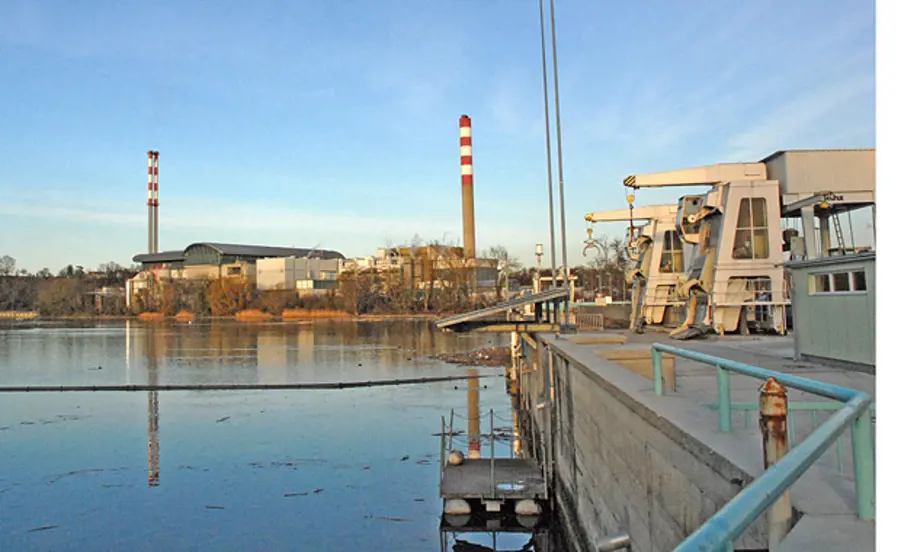
Substance Flow Modelling as a Decision-Making Aid for Authorities
Authorities have to acquire information on the chemical contamination of their waters in order to be able to ensure water protection. For this purpose, they usually take water samples and subject them to chemical analysis. However, this is time-consuming and costly, and the collected information is restricted to the space and time of sampling. The utilisation of substance flow models as cost-efficient forecast models is a promising new approach to this end. This is because substance flow models allow identifying potentially endangered water sections and also assist in deciding which WWTP development scenarios to use for mitigating contamination with organic trace substances.
In three international projects, the Ecotox Centre coordinates the utilisation of substance flow models as a supplement to chemical analysis. The Ecotox Centre functions as a hub between partners from authorities, science, and practice and contributes its expert knowledge to the field of ecotoxicological quality criteria and risk assessment. The objective is to provide a comprehensive presentation of the surface water contamination with micropollutants from WWTP effluents in all areas under investigation (Lac Léman, Nordrhein-Westfalen (DE), Baden-Württemberg (DE)). The situation analysis enables the authorities to focus further measurements and investigations on problem sites and thus achieve a significant reduction in measurement expenditure. Furthermore, different contamination reduction strategies are compared and prioritised.
Publications
Reports: Modélisation du flux de micropolluants provenant des rejets de l’épuration des eaux usées